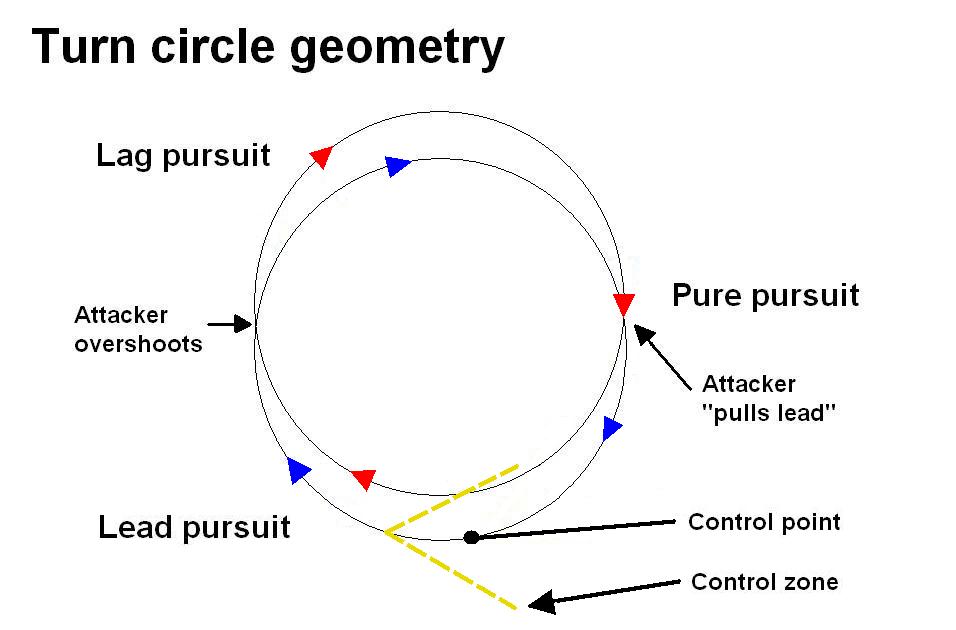

The reality is that BFM are a series of fluid and often improvised proactive and reactive actions, varying infinitely according to range, altitude, speed, aircraft type, weapons system type and any of an enormous range of other factors. It is easy to fall into the trap of considering BFM to be a series of set maneuvers providing a foolproof recipe for a dominant position.

These are often more complex, including energy saving maneuvers, such as the high and low Yo-Yos, and repositioning maneuvers such as displacement rolls.

Relative maneuvers are performed in relation to the motion of another aircraft. These are often simple maneuvers, such as climbs, turns, aileron rolls, slow rolls, and rudder rolls. Primary maneuvers are those which are performed without respect to an enemy's position. BFM are generally grouped into two categories: Pilots need good eyesight, situation awareness, and the ability to maneuver against an opponent in three dimensions. Pilots must have keen knowledge of not only their own aircraft's performance characteristics, but also of the opponents, taking advantage of their own strengths while exploiting the enemy's weaknesses.

In actual air combat maneuvering, variations of these basic maneuvers may become necessary, depending on the different types of aircraft involved, the weapon systems each side is using, and the number of aircraft involved.īasic fighter maneuvers (BFM) are used by fighter pilots during a dogfight to gain a positional advantage over an opponent. In advanced training, pilots learn to fly against opponents in different types of aircraft, so pilots must learn to cope with different technological advantages as well, which more resembles real combat. Training usually begins with pilots flying the same type of aircraft, pitting only their skills against each other. BFM are typically universal maneuvers which can be performed in almost any fighter aircraft, and are usually considered to be training maneuvers. Awareness is often taught as the best tactical defense, removing the possibility of an attacker getting or remaining behind the pilot even with speed a fighter is open to attack from the rear.īasic fighter maneuvers consist of many varying tactical turns, rolls, and other actions to get behind or above an enemy, before the opponent can do the same. They can also be neutral, where both opponents strive for an offensive position or disengagement maneuvers, to help an escape. They can be offensive, to help an attacker get behind an enemy or defensive, to help the defender evade an attacker's air-to-air weapons. Maneuvers are used to gain a better angular position in relation to the opponent. BFM combines the fundamentals of aerodynamic flight and the geometry of pursuit, with the physics of managing the aircraft's energy-to-weight ratio, called its specific energy. Wikipedia license: /licenses/by-sa/3.0/īasic fighter maneuvers (BFM) are tactical movements performed by fighter aircraft during air combat maneuvering (also called ACM, or dogfighting), to gain a positional advantage over the opponent. The soundtrack was also processed with volume normalization, noise reduction, clipping reduction, and/or equalization (the resulting sound, though not perfect, is far less noisy than the original).Įn./wiki/Basic_fighter_maneuvers Originally a public domain film from the US Navy, slightly cropped to remove uneven edges, with the aspect ratio corrected, and one-pass brightness-contrast-color correction & mild video noise reduction applied. Support this channel: /jeffquitney OR /jeffquitney


 0 kommentar(er)
0 kommentar(er)
